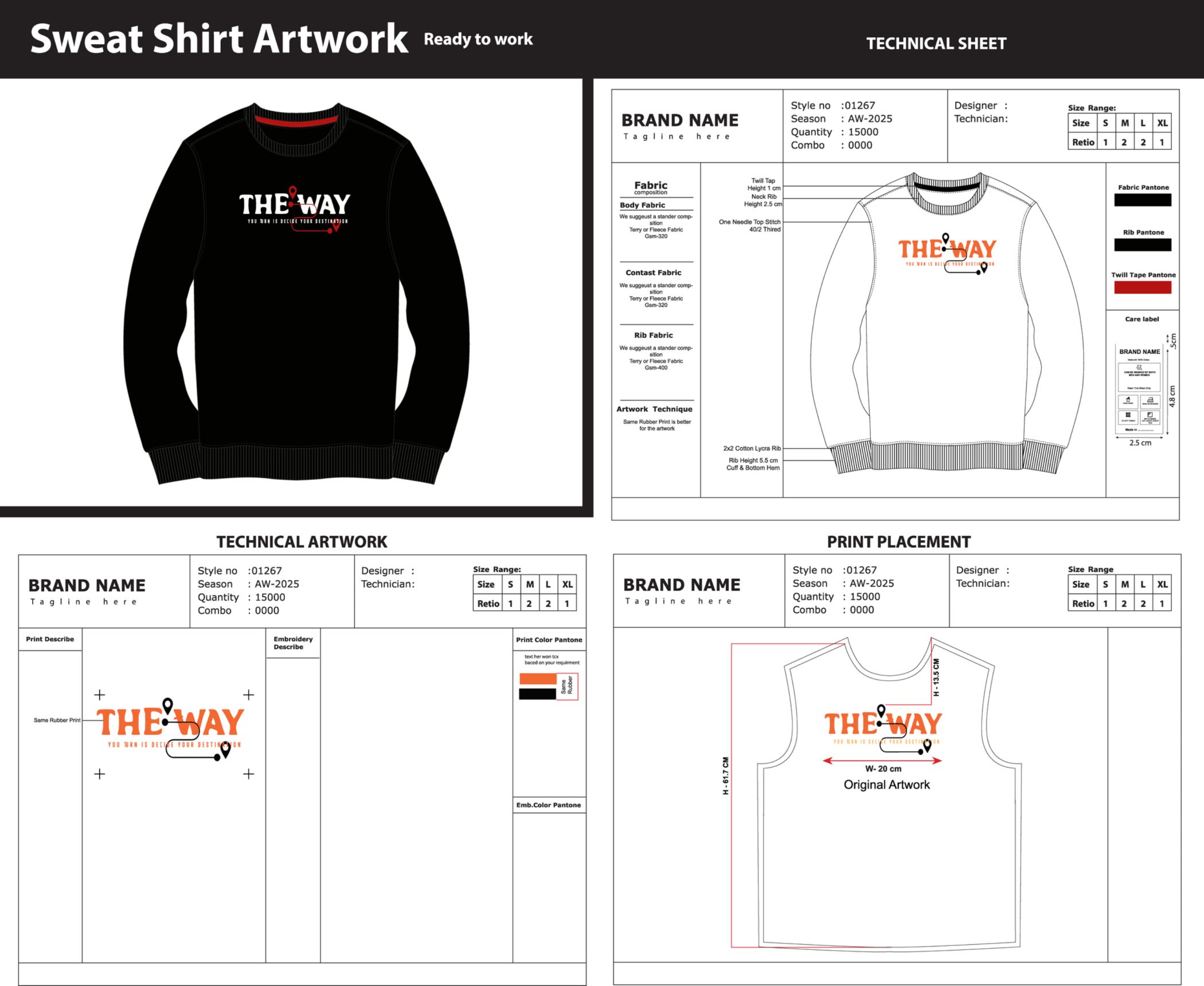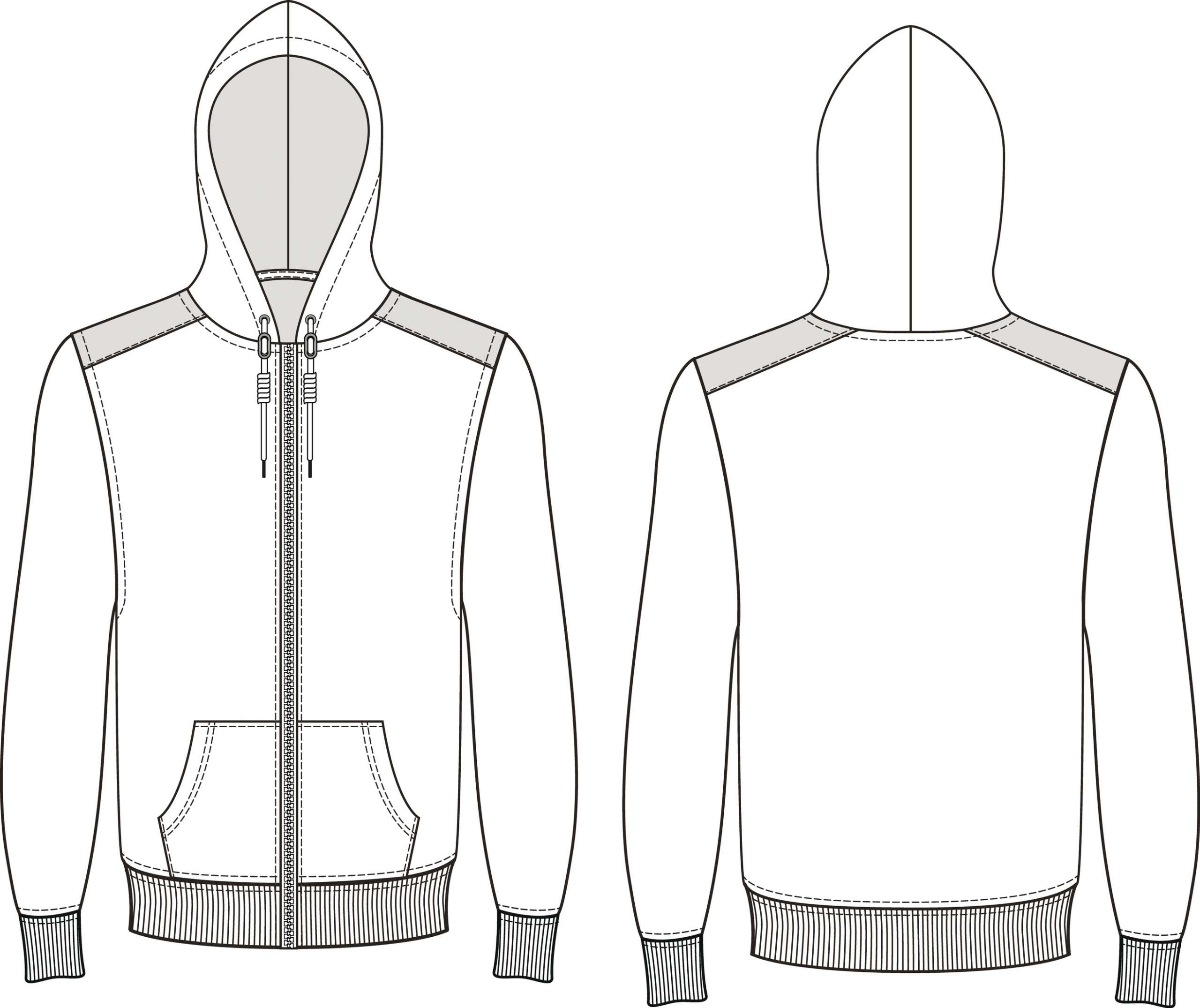How To Hire The Right Pattern Maker For You

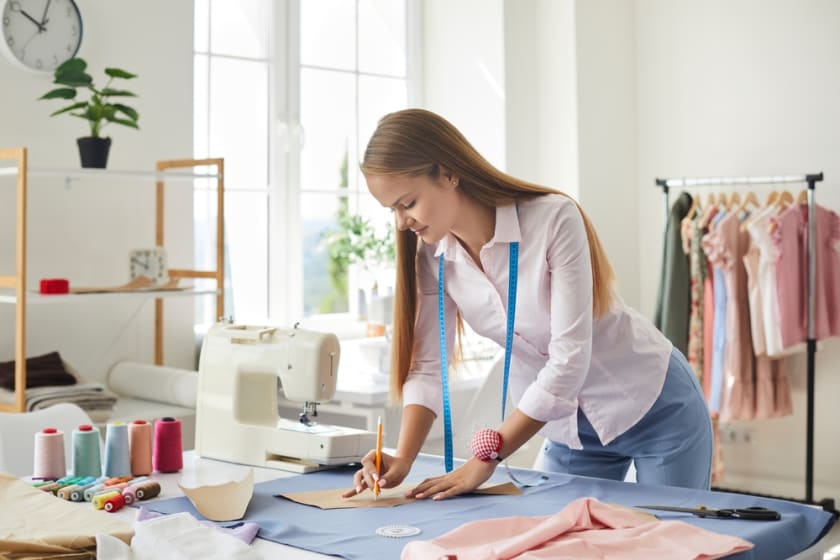

As a fashion designer or a student trying to learn everything about fashion designing, it is essential to understand the basics and significance of pattern making. First things first, pattern making is defined as making or creating a blueprint or sample of the garment which is to be designed, based on which the fabric will be modified. A pattern maker is a person who is skilled in the field of pattern making by creating patterns on a piece of paper or a sample fabric. Pattern makers are essential in the field of fashion design. Long ago, patterns were usually made by hand.
Why is hiring a pattern maker so essential?
Pattern makers are very significant in the fashion industry. While fashion designers employ their head into thinking creative ideas and how to make those ideas solid, a pattern maker is given the responsibility of making a reality out of the thought about ideas that can be designed and produced on a considerable level or worn on a red carpet or down the hallway!
A pattern maker’s responsibility is to be imaginative and creative from the very start. A pattern maker works with designers to produce the best fashion line. Each garment consists of a different pattern. Fashion brands tend to offer similar clothing having different patterns in an other name, and thus the catch is just how the pattern of one garment differs from the rest. The pattern maker has to create new and innovative patterns for each garment. This task requires a lot of skill and talent. By making clothes on time, fashion designers can showcase their work in the most trendy and stylish way. Therefore, the role of a pattern maker in the fashion industry is essential and undeniable.
With what equipment do pattern makers work?
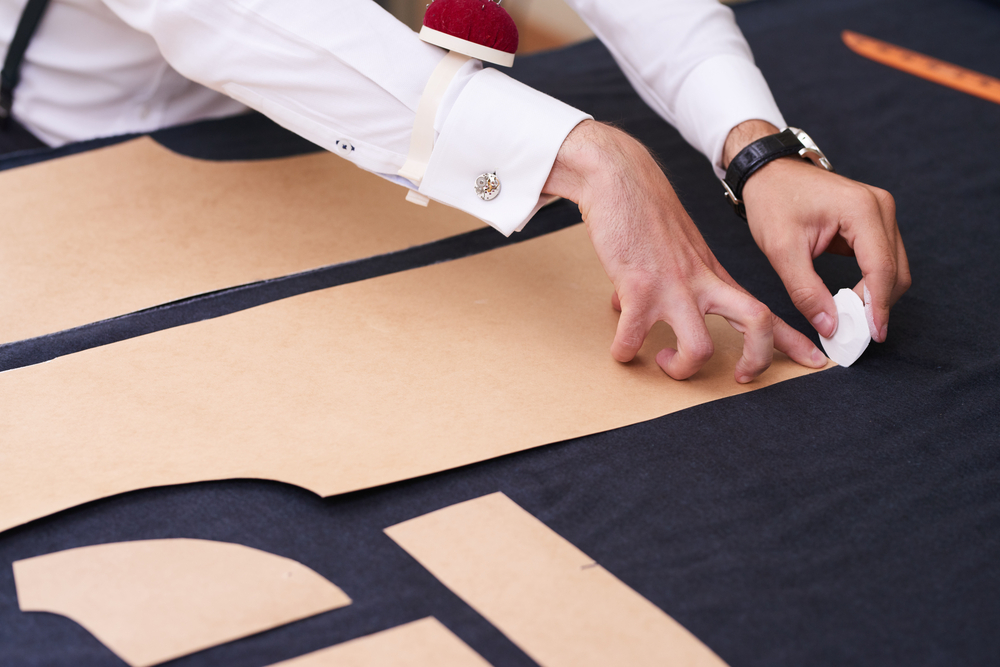
Pattern designs are generally created and made out through paper designs or digitally, computer-aided designs (CAD), or even computer-aided drafting. For working in the fashion industry, a pattern maker needs to have years of solid experience to make out hand-drawn patterns, often more than using technology for the same purpose.
Pattern-making often requires knowledge, skill, and expertise that cannot be compensated through computerized, digital means. Clothing is tangible, and thus a pattern maker needs to get familiar with the piece of fabric they have to work on to deliver excellent final results. It is essential to become skilled with the clothing to make changes and mould it into the required product finally.
A pattern maker should be familiar with primary tools such as straight pins for fitting and draping. They should know how to use fabric scissors, as that is highly applied. Mechanical pencils and sharpeners are used in pattern work. Red & blue coloured pencils are utilized for marking pattern changes. Green and Black pens having felt tips are used for writing pattern information. A measuring tape is used to measure the size of the pattern. Tailor's chalk is used to mark adjusted seams and style lines. French curves are a type of curve used to shape the neckline and armhole. These primary tools or equipment help a pattern maker understand and know patterns, making it a little better to get to work finally. Digitization of pattern work is convenient, but technical skills come in handier practically.
How to hire a pattern maker?
Here are some factors to consider before deciding to hire the right pattern maker for one’s fashion brand!
- Experience in production sewing
A pattern maker should have experience with reputable brands and established companies. A pattern maker should be chosen if they have worked in this line for similar markets. If the market line of a pattern maker differs from that of the business concern in question, then they should not be hired.
- Experience in pattern grading
A pattern maker needs to be efficient in pattern grading, which is to multiply a sample size into additional sizes, grading increments, or size specification sheets. A pattern maker should be hired if they specialize in this skill.
- Well versed with terminology relating to the apparel industry
A pattern maker should fully understand the correct industry terminology for construction and seams.
- Comfortability in holding a fitting session with a model
In a proper session, a pattern maker should be comfortable to check the fitting of the garment on a model and check if there are any issues with the fit. A model is a person who is of the same size as that in which the garment is created.
- An understanding of mathematics
Pattern making involves measurements and grading, and it is important to know basic maths for that. Pattern making is all about giving the utmost attention to detail, and any slight mistake in the process can lead to failure. A pattern maker should have a proper understanding of numbers and how to take measurements.
- Sewing for production
A pattern maker should have proper expertise in sewing patterns for further manufacturing purposes.
- Understanding the fabrics well
A pattern maker is responsible for making out patterns from a designer's rough sketches. For this purpose, a pattern maker needs to have a deep, meaningful insight into fabrics. A suitable, required garment is made solely on its fitting and quality, and to make the garment to its right fitting; a pattern maker needs to know everything about the fabric they are working on.
- Reference checking
Fashion designers need a reference to check the pattern maker they are about to hire for themselves. This factor is often overlooked or ignored. To be able to rely on the experience and skills a pattern maker has to offer, it is essential to follow up on their references.
- Open and well-formulated communication
It is necessary to formulate proper schedules, and work timings with the pattern maker just hired. A pattern maker should deliver their work on time and should be considerate enough to discuss the changes that can be made in their work. It is very important to act as a single mind during work because the end goal is to design beautiful, innovative clothes that people gush over!
A freelance pattern maker or a product development team: What’s better?
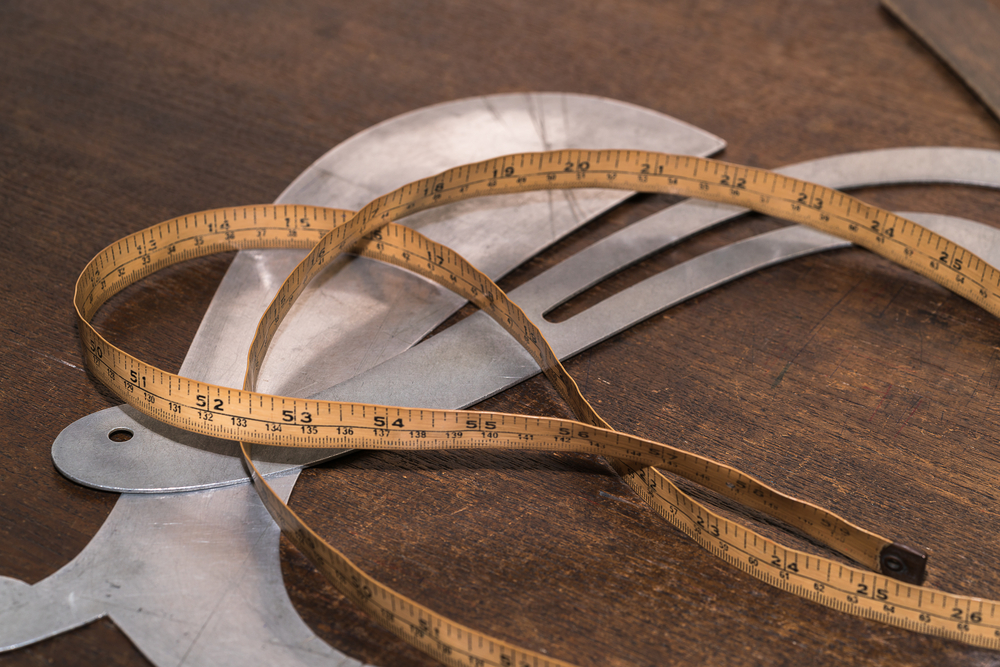
This is one of the basic or primary decisions a fashion designer has to make. Both the freelance pattern maker and a product development team will design patterns and deliver them on time. The end call is a designer's to make.
Freelance pattern makers work on a project-to-project basis. They can also have pay rates based on how many hours they devote to the work they are doing. Hiring freelance pattern makers can be easier on the pocket, but it is essential to become sure of the skills and expertise they will be hired to do. It is important to cross-reference their abilities as it's not useful to waste time and resources on work that is not going to be finalized in the long run.
Comparatively, hiring a product development team can turn out to be more authentic and organized, and well managed. Choosing a product development team can be beneficial as all the work related to the creation of clothing is handled by the development team. This being ensured, the designer can focus and employ their time to further progressive decision-making. Reliable delegation of producing the work to a development team creates the scope of more time and space for the designer to think about things freely, without worrying about the work to be done.
Pattern making is not an easy job as people make it out to be. It involves complex procedures and engineering. A pattern maker is technically the backbone of the way a garment is manufactured and exercises more authority and control, as compared to other people involved in the whole deal. There are many alternate names for the role of a pattern maker. Some of them include dressmakers, apparel pattern makers, fabric pattern makers, and is also sometimes called Dressmaking.
Conclusion
Pattern making is a crucial step in the creation of a garment. A pattern maker has to go through many steps and perform various procedures to make a sketched design come to reality. The craft of pattern making is highly associated with a deep learning of fabrics, patterns, various body shapes and sizes, and other required proportions. The creation of clothing requires proper drafting and thought, and innovation. Utmost attention should be given to understanding and learning everything about the technical hacks and how to attain them. A pattern maker should have complete knowledge about the fashion industry and how stuff works itself out inside it. Fashinza provides great aid with sourcing management.
















